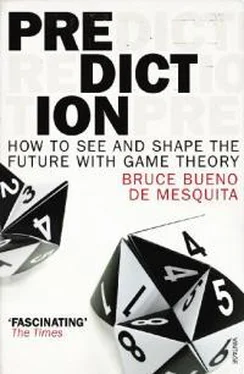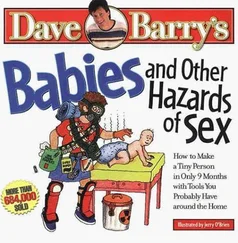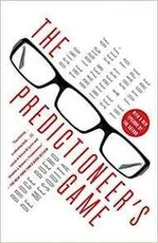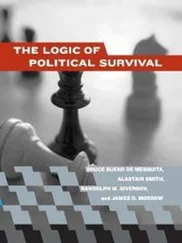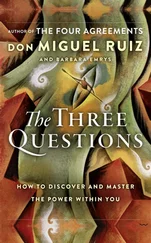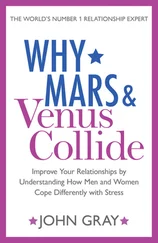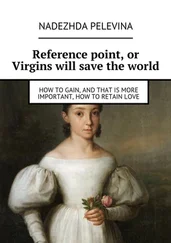Before closing this opportunity to be embarrassed, let’s take a look at the predicted evolution of political influence in Iran. This reveals some interesting insights that may make us more hopeful for the future, especially if the United States keeps forces in Iraq long enough to buy time for the predicted developments in Iran to take hold.
Figure 10.9 shows the projected changes in political power among four key Iranian interests. Ayatollah Ali Khamenei, the most powerful figure in Iran, is, according to projections from the predictioneer’s game, entering a long period of political decline, probably to culminate in his retirement. This signals a major change in Iranian affairs because he has a veto over virtually all policy decisions. Less well known in the west are Major General Mohammad-Ali Jafari and Ayatollah Ahmad Jannati. Ayatollah Jannati is chairman of the Guardian Council. An antireform cleric, he can veto candidates for parliament, and he has the authority to assess whether parliamentary decisions are consistent with the constitution and with shariah (that is, Islamic) law. As such, he is nearly as powerful a figure as Ayatollah Khamenei. Major General Jafari commands the Islamic Revolutionary Guards Corps, the elite military unit whose support sustains the regime. Each of these individuals is far more powerful than Iran’s president and American nemesis, Mahmoud Ahmadinejad. Figure 10.9 also shows the evolving power of Iran’s Bonyads. The Bonyads were originally created during the era of the Shah and then were completely recast after the Islamic Revolution in 1979. As I have noted, they control vast sums of money, are exempt from taxes, and answer to no one except Iran’s Supreme Leader, Ayatollah Khamenei. They control Iran’s purse strings and, not surprisingly, have a reputation for corruption and mismanagement. But they are also political pragmatists, as we have seen, so they may be people with whom the Obama administration can find a path through to resolve many of the tensions between the United States and Iran.
FIG. 10.9. Evolving Power in Iran: Some Hope for the Future
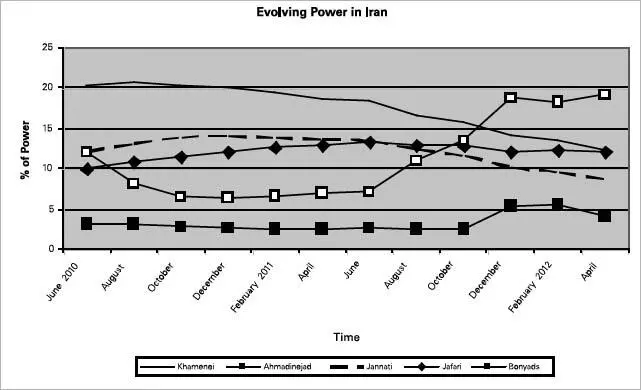
Figure 10.9, if correct, tells a startling story of emerging change in Iran. 4Key religious leaders like Khamenei and Jannati are in political decline. Other clerics (especially the less politically involved Qum clerics, sometimes known as the Quietists) may be picking up some of the lost power, but the lion’s share of shifting political influence falls into the hands of Major General Jafari, as the principal representative of Iran’s elite military units, and the Bonyads, Iran’s money managers. Business interests are also gaining in influence. That is, a more secular and pragmatic, albeit militarized and corruption-laden regime appears to be emerging as Iran’s theocracy goes into political, if not spiritual, decline. While the theocracy is likely to hold on to the symbolic trappings of power, real control is slipping away from them and toward a more conventional strongman, moneyed dictatorship.
The analysis certainly suggests different worlds depending on whether American troops are in Iraq beyond August 2010. If Iran can strike a significant partnership arrangement with Iraq, as is likely if the United States withdraws, Iran will be well on its way to asserting itself as the dominant power in the region and will position Iran to resume its aggressive efforts to export its form of fundamentalist Islam. Such a triumph might even reverse the Ayatollahs’ slide toward lost political control. Fortunately, these developments are unlikely because President Obama is likely to be a man who sticks to his word. Keeping U.S. forces in Iraq appears to be sufficient to deter the strong ties between Iran and Iraq that would provide a basis for Iranian military intervention to defend the Maliki government against a potential Sunni uprising. And it also appears to be sufficient to keep Maliki strong enough that Hashimi is likely to think twice before attempting to push him aside. With a continued U.S. military presence, time can be bought to provide the opportunity for a less anti-U.S. regime to take control in Iran, a trend that emerges in the game under such conditions. Staying creates the chance to deal with a “normal” petty dictatorship and maybe, just maybe, even a nascent more democratic regime. Withdrawal raises the prospects of helping the Ayatollahs stay in power while also jeopardizing the prospects of a pro-U.S. Iraq in the future.
With our analysis in hand, we can cast the debate over whether to leave the troops in place or pull everyone out by August 2010 in a clearer light. Pulling out is tantamount to inviting Iran to step in to fill the void. That would be extremely dangerous from the American perspective. On the flip side, however, we should also ask to what extent a continued U.S. presence is likely to stymie efforts by President Obama and his secretary of state, Hillary Rodham Clinton, to negotiate a resolution of Iran’s growing nuclear threat. The risk, based on other assessments I have done, seems small. What is more, if the Qum Quietist Ayatollahs are on the rise, as seems true from the game, and if the Bonyads and the military are also on the rise, then Iran is soon to enter a more pragmatic era that will help foster resolution of issues, like the nuclear one, that loom so large now. Time will tell. I invite others studying these problems from different perspectives to dare also to be embarrassed and tell us now what they think will happen two years into the future.
11

THE BIG SWEEP: THE HISTORY OF WORMS, OR BALI HIGH, BALI LOW
PERHAPS A GOOD place for us to close is with an example that looks way back in time and one that projects way forward in time. First, I’ll evaluate a problem that is almost nine hundred years old, using only information possessed by the relevant decision makers at the time—popes and kings—to illustrate how game theory can capture and predict tectonic shifts that alter society over the course of hundreds of years, in this case the period between 1122 and 1648. Then we’ll take a look at ourselves one hundred to two hundred years from now.
But first, let’s go back to 1122 and see how we could have predicted then the essential end of the Catholic Church 526 years later.

The Catholic Church is not what it used to be. In the good old days, especially before 1648, the Catholic Church was to European politics what the United States is today: the hegemonic power, the big cheese, the capo di tutti capi. That was not always true. Before the tenth or eleventh century, it was big, but not that big. The pope was the bishop of Rome and not much more. Between about 1087 and 1648, the political clout of the hurch rose and then fell. This happened, in my opinion, mostly because of a deal it struck with the Holy Roman Emperor in 1122 and with the kings of France and England at about the same time.
The pope has a great job. He lives in terrific digs right in the heart of Rome. He has a fabulous art collection, the best supply of Italian food anyone could want, and even his clothes, we must admit, are pretty cool—his hats are out of this world. He travels wherever he wants in grand style, and he is adored by millions of people. Still, it’s not as good a job as it once was. The best time to be pope was between the papacies of Innocent III (1198–1216) and Boniface VIII (1294–1303). Those were the days when popes really had it all—fame, glory, riches, sanctity, power. After that, they went into a long downward spiral, punctuated most noticeably by the Treaty of Westphalia that ended the Thirty Years’ War.
Читать дальше
